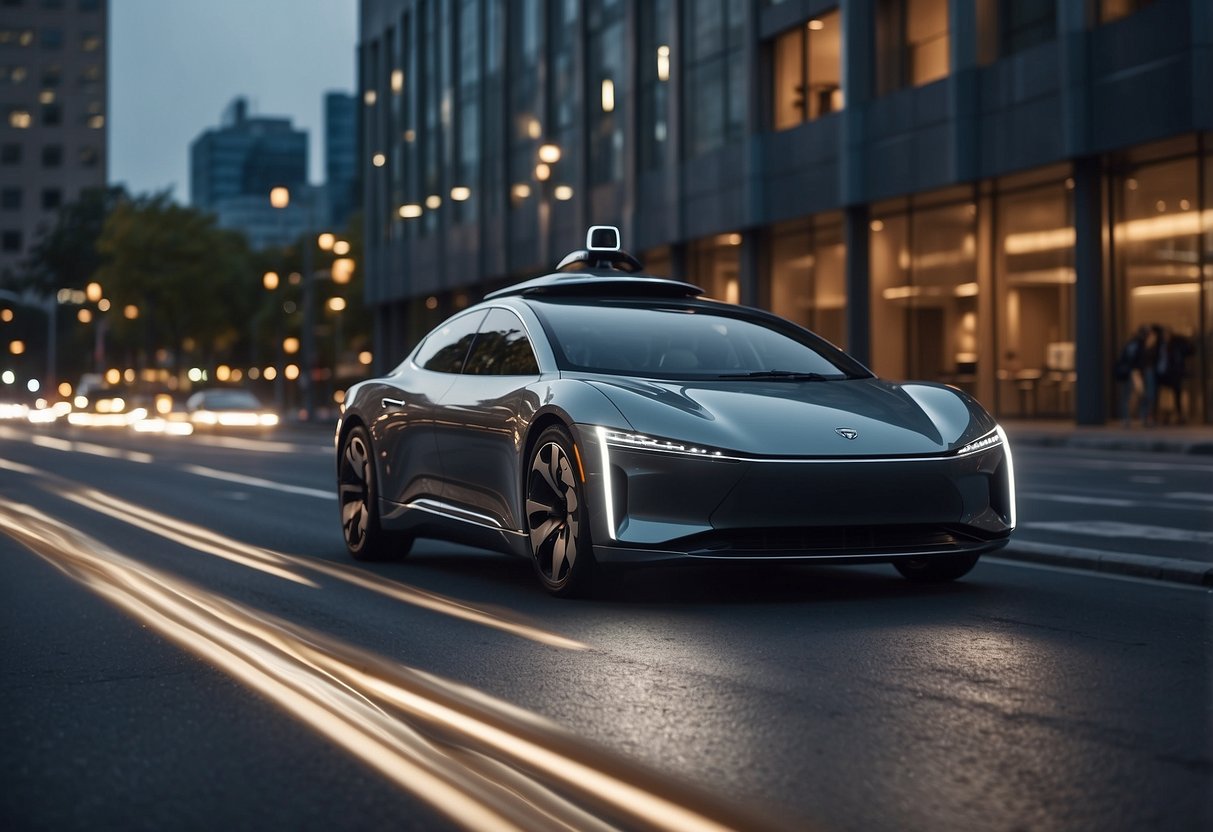
Artificial Intelligence (AI) is rapidly transforming modern vehicles, enhancing safety, efficiency, and convenience for drivers and passengers. AI enables autonomous driving, advanced driver-assistance systems (ADAS), and predictive maintenance, dramatically reducing human error and improving overall transportation safety. From real-time navigation adjustments to adaptive cruise control, AI-driven technologies are becoming standard features in today’s vehicles.
Incorporating AI into vehicles not only improves base functionalities but also opens doors to new, innovative features. Machine learning algorithms analyze vast amounts of data from various sensors, allowing the vehicle to predict and react to road conditions, traffic patterns, and potential hazards. This forward-looking approach ensures a smoother and more reliable driving experience.
Consumer expectations are evolving with the integration of AI in vehicles. People are now looking for smart, intuitive interactions with their cars, such as voice commands for navigation and entertainment, or AI-based systems that can learn and remember personal preferences. These advancements highlight the important role AI plays in shaping the future of the automotive industry.
Evolution of AI in the Automotive Industry
The journey of AI in vehicles has moved from simple automated systems to advanced, self-learning technologies. Key historical milestones highlight significant developments in the integration of AI within the automotive sector.
From Basic Automation to Advanced AI
Initially, AI in the automotive industry focused on basic automation, such as cruise control and automatic braking systems. These early systems provided foundational features, enhancing convenience and safety.
As technology advanced, AI evolved to enable vehicles to process vast amounts of data. Tasks previously managed by simple systems are now controlled by complex algorithms. Self-driving cars use AI to interpret sensor data, navigate, and make real-time decisions. This allows modern vehicles to perform sophisticated tasks autonomously.
Historical Milestones in Vehicle AI
The history of AI in vehicles features several pivotal moments. In the 1980s, the introduction of anti-lock braking systems (ABS) marked a significant step. This technology used basic algorithms to prevent skidding, enhancing vehicle control.
In the early 2000s, the development of adaptive cruise control revolutionized driving. By using radar and sensors, vehicles could automatically adjust speed based on traffic conditions. More recently, the advent of fully autonomous cars, like those developed by Tesla and Waymo, represents a landmark in AI technology. These milestones showcase the progressive integration of AI, transforming the way vehicles are designed and operated.
AI-Enhanced Vehicle Safety Features
Artificial intelligence has become an integral part of enhancing vehicle safety, offering advanced functionalities to prevent accidents and assist drivers in various scenarios.
Collision Avoidance Systems
AI-driven collision avoidance systems have significantly improved road safety. These systems utilize sensors and cameras to detect potential obstacles and calculate the risk of collision. By processing vast amounts of data in real-time, they can initiate automatic braking or steering adjustments to prevent crashes.
These systems often include forward-collision warning (FCW) and automatic emergency braking (AEB). FCW alerts the driver to impending collisions, while AEB can apply brakes if the driver does not react in time. Lane departure warning systems are also common, notifying drivers if they unintentionally drift out of their lane.
Collision avoidance is particularly beneficial in urban environments where traffic conditions can change rapidly. By reacting faster than human drivers, these systems help reduce accidents and improve overall traffic flow.
Driver-Assist Technologies
AI in driver-assist technologies enhances the driving experience and safety. Adaptive cruise control (ACC) maintains a safe distance from the vehicle ahead by adjusting the car’s speed. It can handle stop-and-go traffic, alleviating the stress of constant speed adjustments.
Lane-keeping assist (LKA) is another feature that uses AI to ensure the vehicle stays centered in its lane. If a vehicle begins to drift without activating the turn signal, LKA gently steers it back into the lane. In addition, blind-spot detection alerts drivers of vehicles in their blind spots, preventing lane-changing accidents.
Parking assist technologies can automatically steer a vehicle into parking spaces, making tight parking spots easier to navigate. These technologies use a combination of sensors and AI algorithms to accurately position the vehicle.



